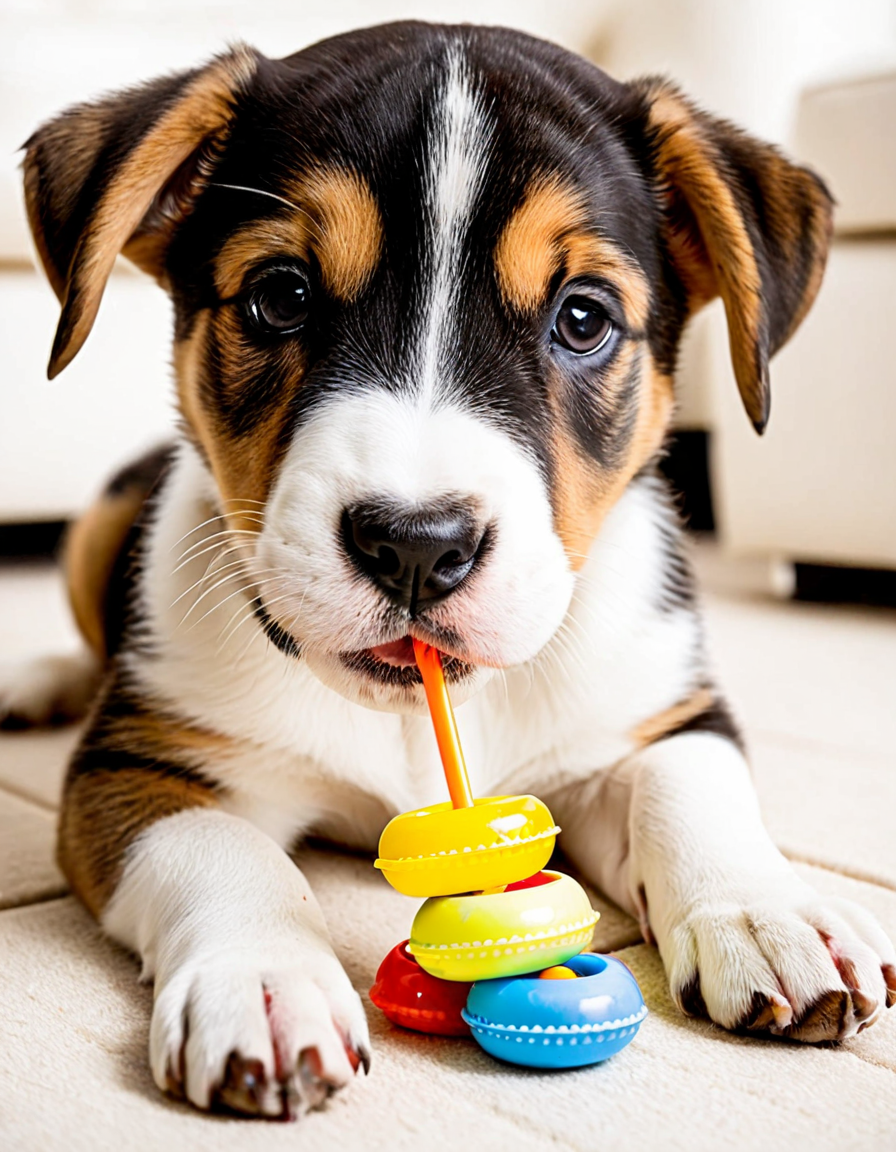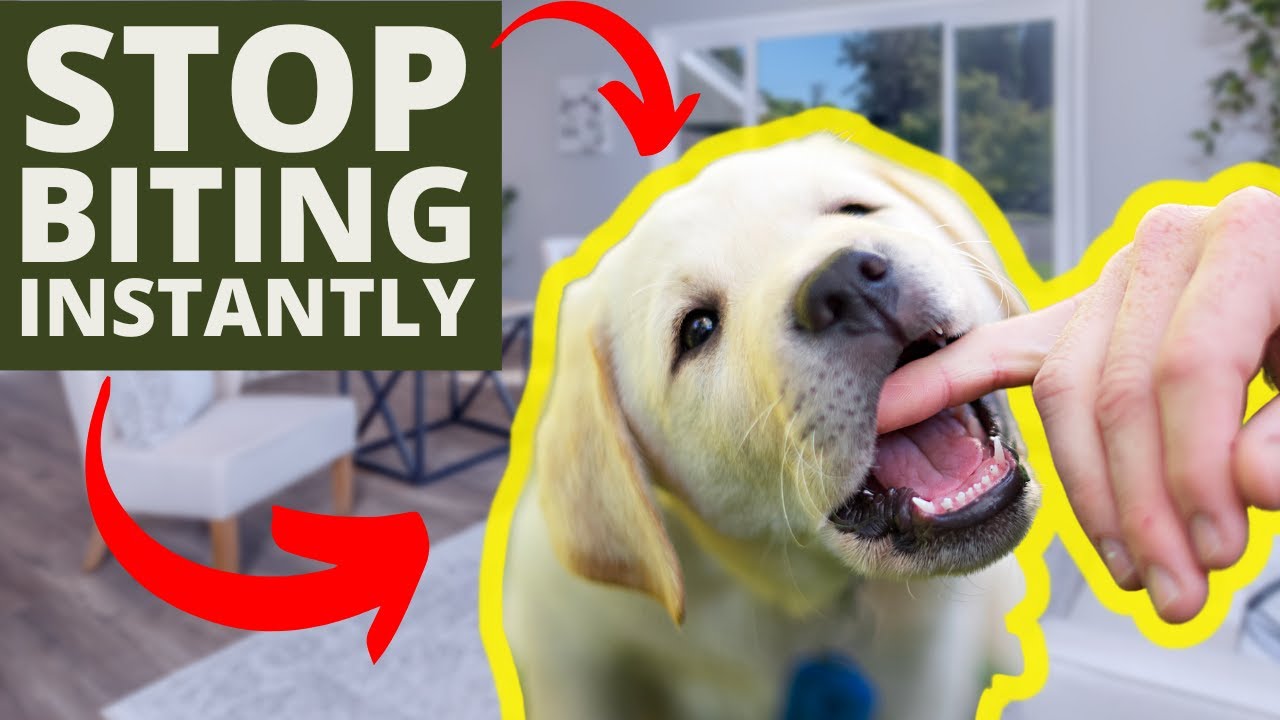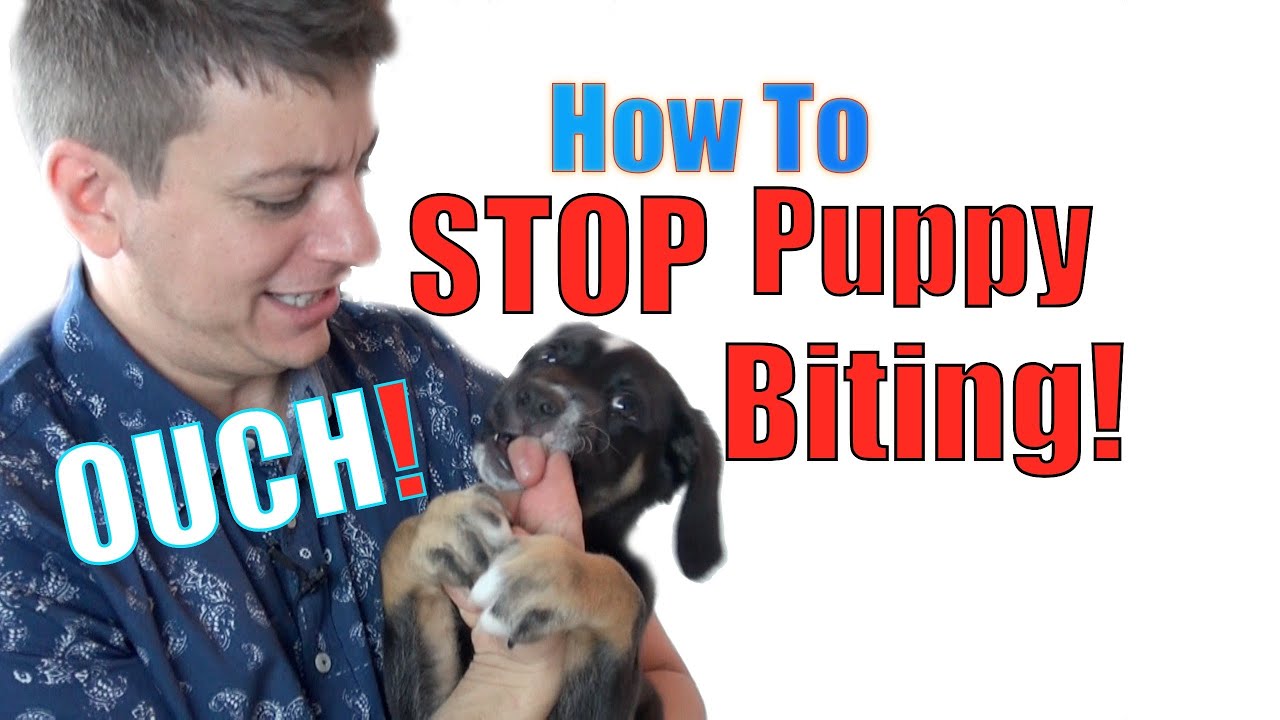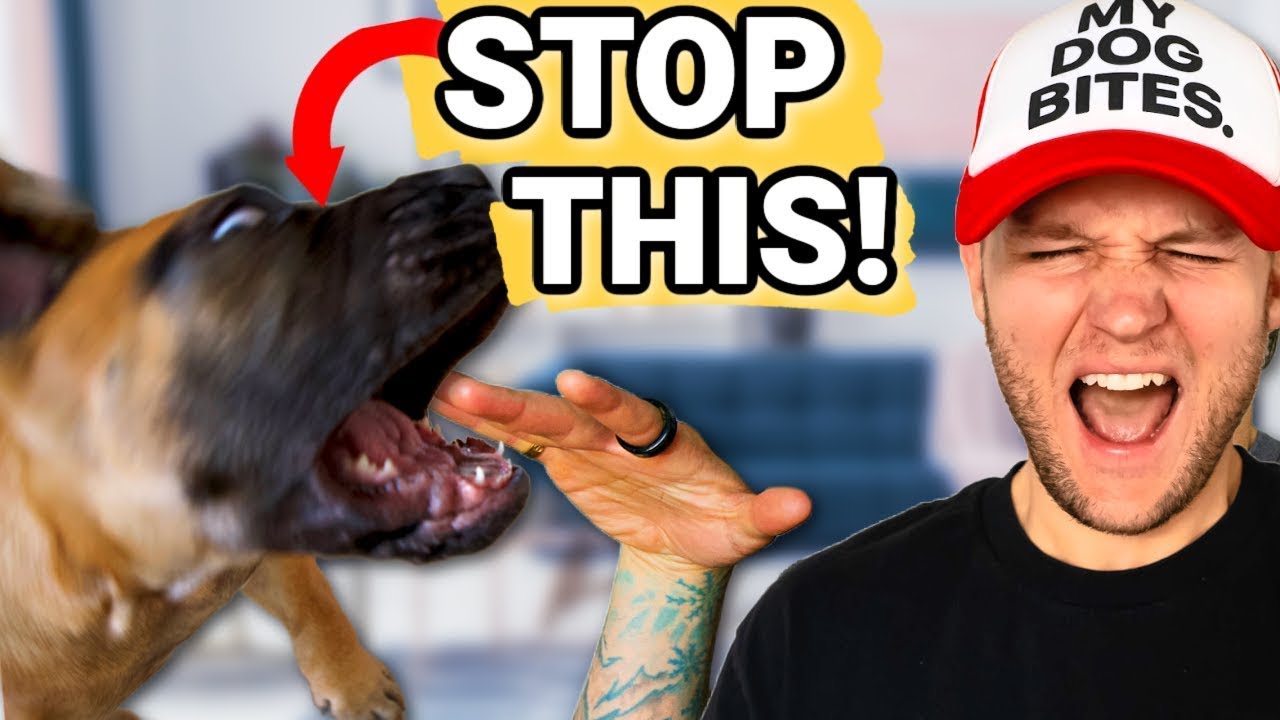Teach Puppy Not to Bite and Build a Loving Bond Now
Learning how to teach your puppy not to bite is an essential part of building a trusting relationship with your new furry friend. Puppies, filled with energy and curiosity, often explore their surroundings using their mouths. However, it’s crucial to guide them gently to express their affection without causing discomfort to you or others. Understanding the reasons behind this behavior is the first step toward managing it effectively.
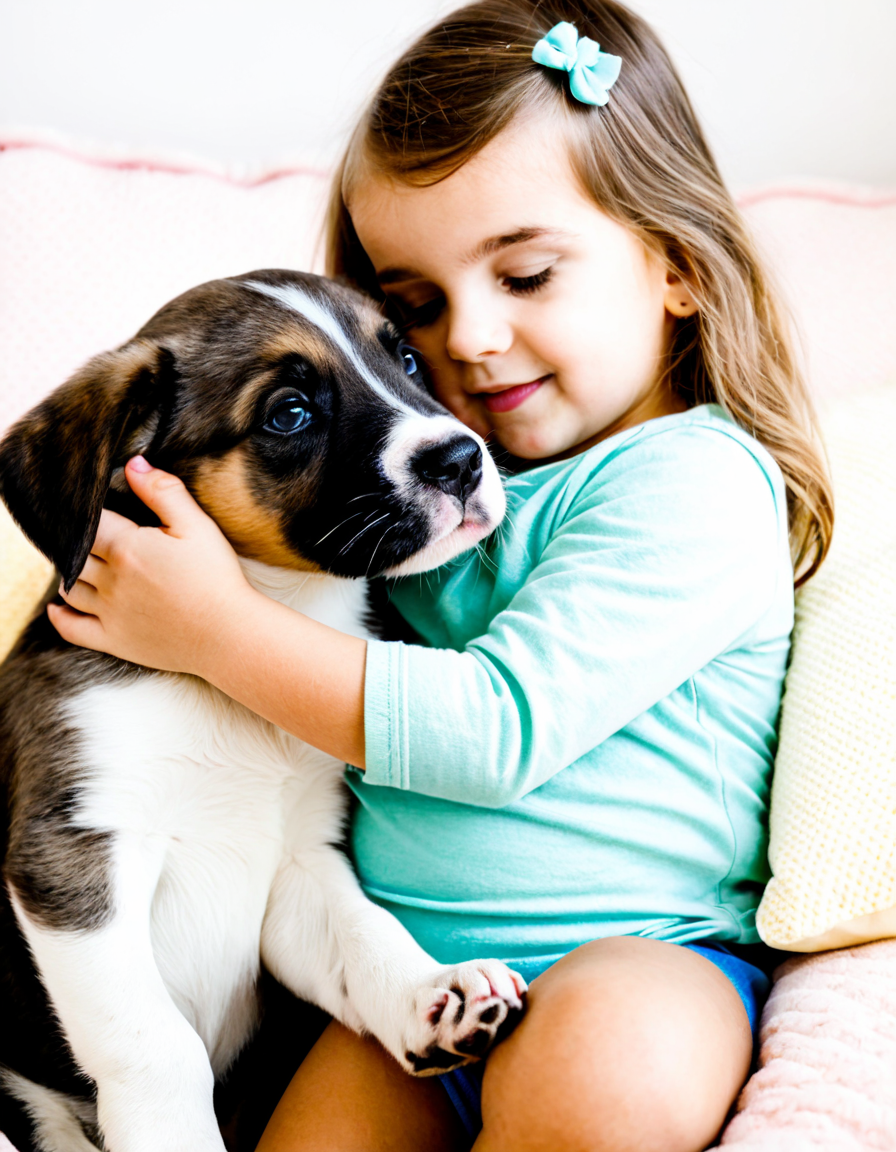
1. Teach Puppy Not to Bite: Understanding the Root Causes
Before diving into techniques for teaching your puppy not to bite, let’s explore why puppies tend to exhibit this behavior. First off, puppies naturally explore their world with their mouths; it’s just part of their development. Much like how children learn through tasting and touching, puppies discover textures and tastes through chewing.
Additionally, teething discomfort can drive a puppy to nip and nibble. Their baby teeth eventually fall out and are replaced by adult teeth, creating some discomfort along the way. Biting can also be a form of communication. If your puppy feels excited, anxious, or is just looking to play, they may use their teeth to express these emotions.
Recognizing these underlying reasons will help you approach the training process with empathy. Instead of viewing biting as a behavioral issue, understand it as a natural, albeit inappropriate, way your puppy interacts with the world. This perspective enables you to guide your puppy in a loving manner, which is crucial for building a strong bond.
2. Top 7 Strategies to Teach Puppy Not to Bite
Here are seven effective strategies you can implement to teach your puppy not to bite:
2.1. Effective Use of Chew Toys
Introduce a variety of durable chew toys to redirect your puppy’s biting urges. Brands like KONG offer a range of options that can keep your puppy engaged while soothing their gums during teething. Providing them with appropriate items will minimize the chances they’ll use your hands or furniture as chew toys.
2.2. Positive Reinforcement Techniques
Reward your puppy whenever they engage gently or refrain from biting. Giving treats, praise, or affection builds a positive connection between good behavior and rewards. This encourages your puppy to repeat those gentle actions, reinforcing the message you’re trying to convey.
2.3. Socialization with Other Dogs
Socialization plays a crucial role in teaching your puppy appropriate bite inhibition. Allow your puppy to interact with well-mannered adult dogs in controlled environments. Observing how these dogs communicate and play will demonstrate to your puppy the importance of gentle behavior.
2.4. Implementing the ‘Yelp’ Technique
When your puppy bites too hard during play, mimic the response of their littermates by yelping in a high-pitched tone. This reaction should signal to your puppy that their bite was too strong. Puppies learn quickly from feedback, and this technique effectively communicates acceptable biting levels.
2.5. Time-Outs for Excessive Biting
If your puppy continues to bite even after redirection, consider implementing brief time-outs. Remove them from play or interaction for a few minutes until they calm down. This teaches them the important lesson that biting ends the fun, helping them associate their actions with consequences.
2.6. Consistency Across All Family Members
It’s vital that everyone in your household follows the same training techniques. If different family members respond inconsistently to biting, it can confuse your puppy and slow their progress. Establishing a unified front ensures that your puppy receives clear, consistent messages.
2.7. Seeking Professional Help
If biting becomes severe or difficult to manage, don’t hesitate to seek professional help from a certified dog trainer. Experts like those found at associations such as the Association of Professional Dog Trainers can provide personalized strategies tailored to your puppy’s needs, ensuring an effective training process.
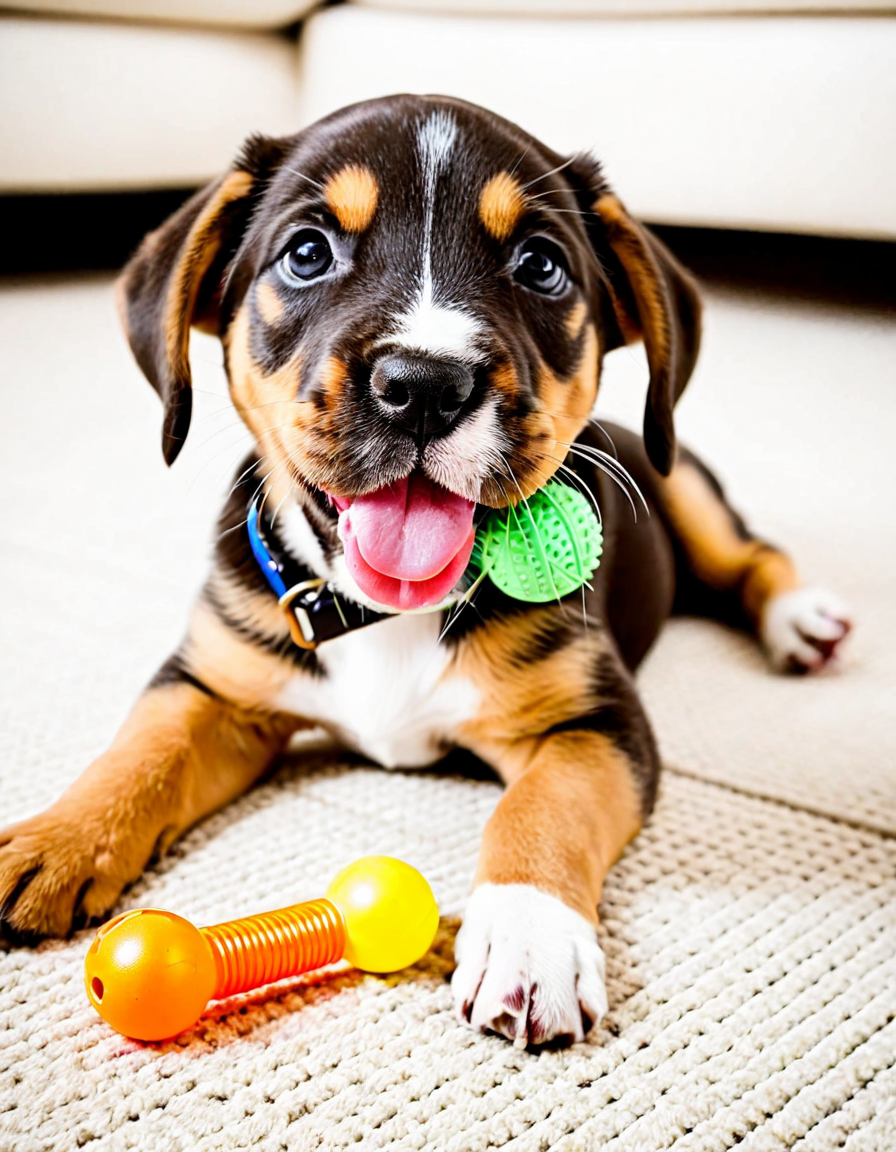
3. How to Stop Dog from Peeing in House: Creating a Comfortable Environment
If your puppy is peeing in the house, establishing a routine is vital. Regular bathroom breaks can help reduce anxiety and promote proper elimination behaviors. When you take your puppy outside, ensure you reward them immediately after they relieve themselves in the appropriate spot.
On the cleaning side, using enzymatic cleaners like Nature’s Miracle can eliminate lingering odors that might attract your puppy back to the same spot. Encouraging your puppy to do their business outside will help establish a suitable environment for them, creating a foundation for house training. Creating a comfortable space is just as important, as anxiety can lead to problematic behaviors, including inappropriate urination.
4. How to Stop Dog from Scratching: Understanding Skin Health
Excessive scratching can be a sign of skin irritations or allergies. Regular grooming using tools like the Hertzko Self-Cleaning Slicker Brush helps minimize irritation caused by fur and dander accumulation. In addition, bathing your dog with appropriate, hypoallergenic shampoo can relieve discomfort.
Before diving in, always consult your vet. They can rule out any underlying health issues and offer tailored advice on how to manage your dog’s skin health effectively. Like how we seek remedies for our own ailments, it’s crucial to focus on your dog’s well-being, preventing further scratching issues.
5. How to Keep Cat Off Counter: Establishing Boundaries
If your household includes both puppies and cats, creating boundaries is essential. For instance, using double-sided tape or citrus-scented sprays can deter cats from leaping onto counters. Providing elevated spaces like cat trees can redirect their climbing instincts to safer options, ensuring each pet enjoys their environment without conflict.
Cats naturally feel the urge to explore raised surfaces, so finding a balance of space where they feel secure will also prevent territorial disputes. Training your cat to respect certain areas in your home will not only help your sanity but will also foster harmony between your pets.
6. Common Cat Behavioral Issues: How to Keep Cats from Spraying
Cat spraying can be a significant hurdle for many pet owners. Identifying stressors within the environment—such as loud noises or changes in routine—is crucial. Products like Feliway offer synthetic pheromones that can help alleviate anxiety and behavioral issues, thereby encouraging a sense of security in your cat.
Implementing a routine can also provide comfort for our feline friends, reducing the likelihood of stress-induced spraying. The path to a more peaceful home also includes keeping litter boxes clean to make them more appealing for use.
7. Home Remedies for How to Stop Dog from Licking Paws
If your dog has developed a habit of obsessively licking their paws, they may be experiencing allergies or boredom. Incorporate several strategies to address the issue effectively. Regular exercise will engage their energy levels, while using home remedies like diluted apple cider vinegar can soothe their irritated skin.
For persistent behaviors, it may be worth discussing prevention techniques with a vet. Understanding the causes behind excessive licking will prevent the habit from becoming an ingrained behavior.
Building a Loving Bond through Training
Creating a loving bond with your puppy involves understanding their needs while supporting their growth process. Teaching your puppy not to bite and addressing common behavioral issues are pivotal in fostering a nurturing environment filled with trust and companionship. Every tiny victory in training leads to the foundation of a fulfilling friendship, ensuring that you and your furry family member enjoy many joyful moments together.
Training isn’t merely about correcting unwanted behaviors; it’s about understanding, patience, and learning together. Embarking on this journey equips you with the tools to build the loving relationship both you and your puppy desire. So, take a deep breath, stay consistent, and remember that every great partnership starts with a loving foundation.
This article incorporates various aspects of puppy training while addressing common pet care challenges. You can find more exciting pet-related content and expert advice on Pets Dig.
Fun Trivia and Interesting Facts to Teach Puppy Not to Bite
Why Puppies Bite
Have you ever wondered why those little furballs seem to have a penchant for nipping? Puppies, like strawberry milkshake Dogs, often explore their world through their mouths. Biting is a natural behavior for them, akin to how they interact with their littermates. They learn bite inhibition as they play, but when they join your family, it’s essential to guide them! Some may even compare it to watching the best crossover Suv racing strategy: it requires skill, patience, and guidance to master. So, how can we support them in learning not to bite?
Communication is Key
Now, here’s a fun fact: did you know that puppies are just like babies when it comes to communicating? They may not speak our language, but they express themselves through body language and sounds. When teaching your puppy not to bite, encourage gentle play and reward them for soft mouthing techniques. If your pup gets a bit too rough, an immediate “ouch” can help them understand they’ve crossed a line—just like a glaring look might stop a friend from making a joke that’s gone too far. After all, even a playful nip can lead to an eye infection From sinus infection if things get too intense!
Keep It Fun!
Lastly, let’s think about their energy levels. Puppies are bundles of joy, and sometimes, that bite is just an invitation to play! Having engaging toys handy can make a world of difference. Try incorporating games to expend energy, making sure to redirect those biting impulses into something positive. Plus, you might find yourself enjoying games that remind you of anime Of The 90s—full of enthusiasm and fun! Just as you’d find creativity in crafting the perfect calendar for November 2024, getting imaginative with your play sessions can help your puppy learn and bond with you.
Ultimately, teaching your puppy not to bite is all about building that loving bond while making the process enjoyable. Stick with it, stay patient, and before you know it, you’ll have a playful pup ready to share many hot Kisses!
